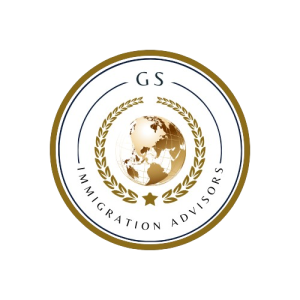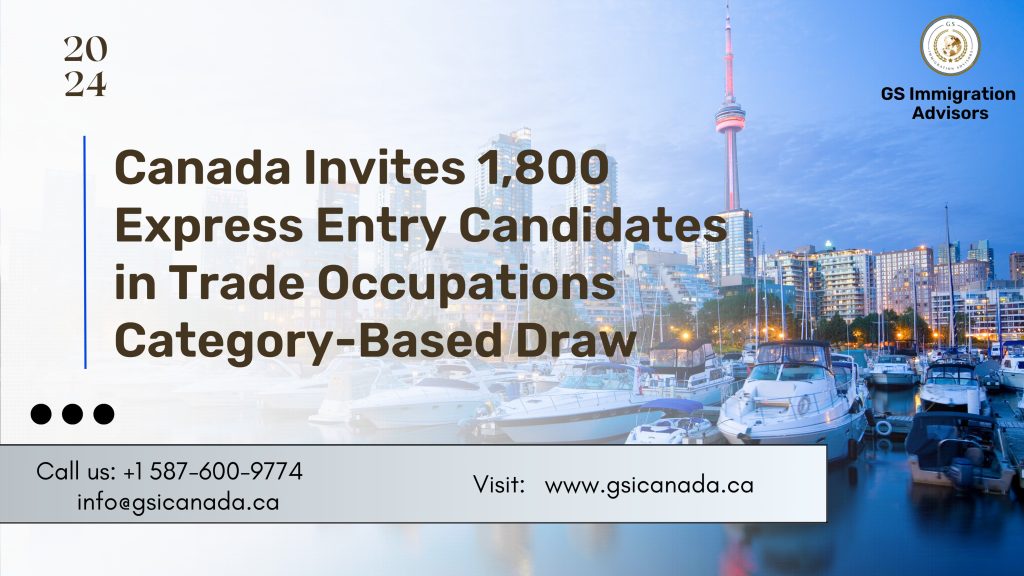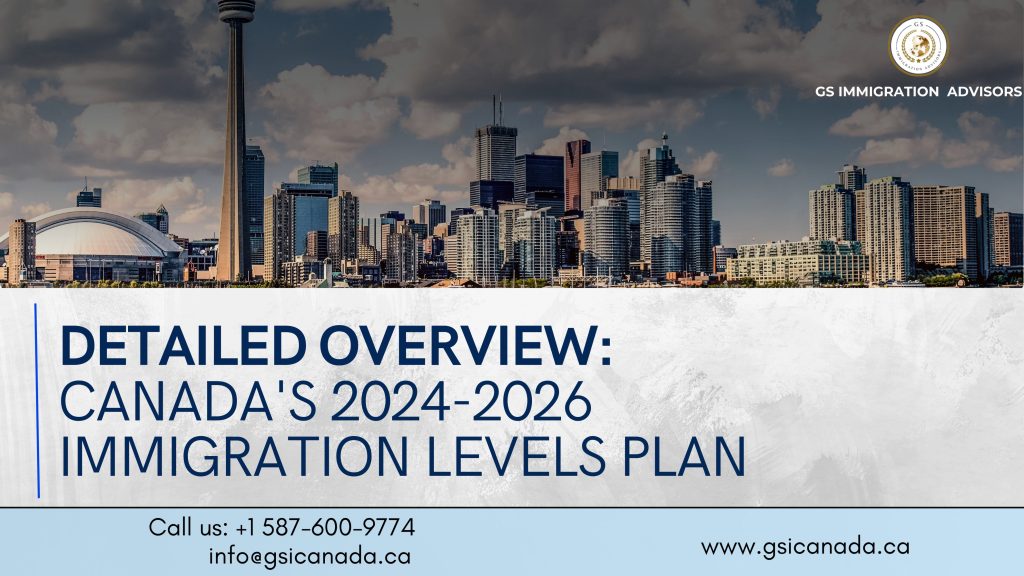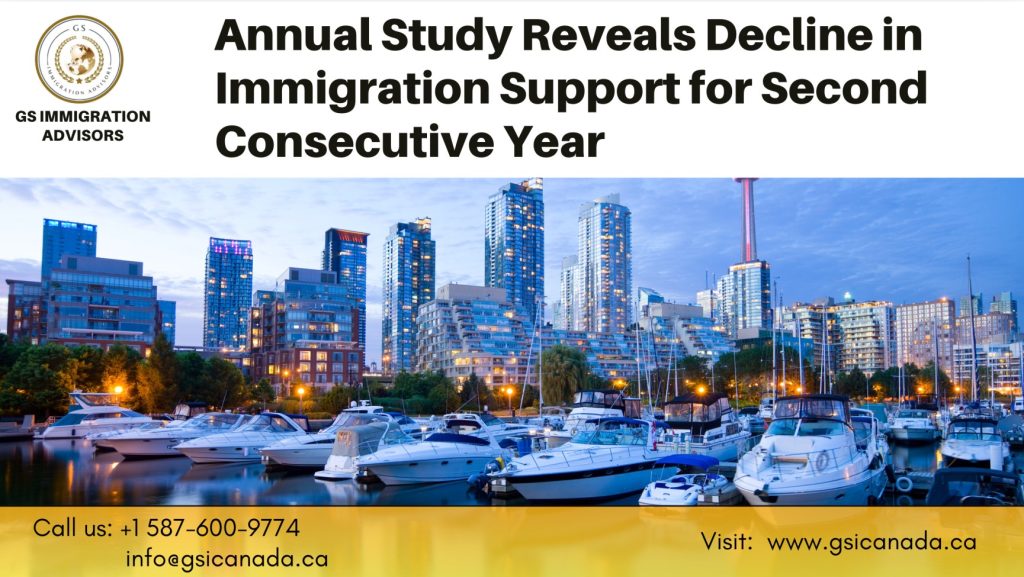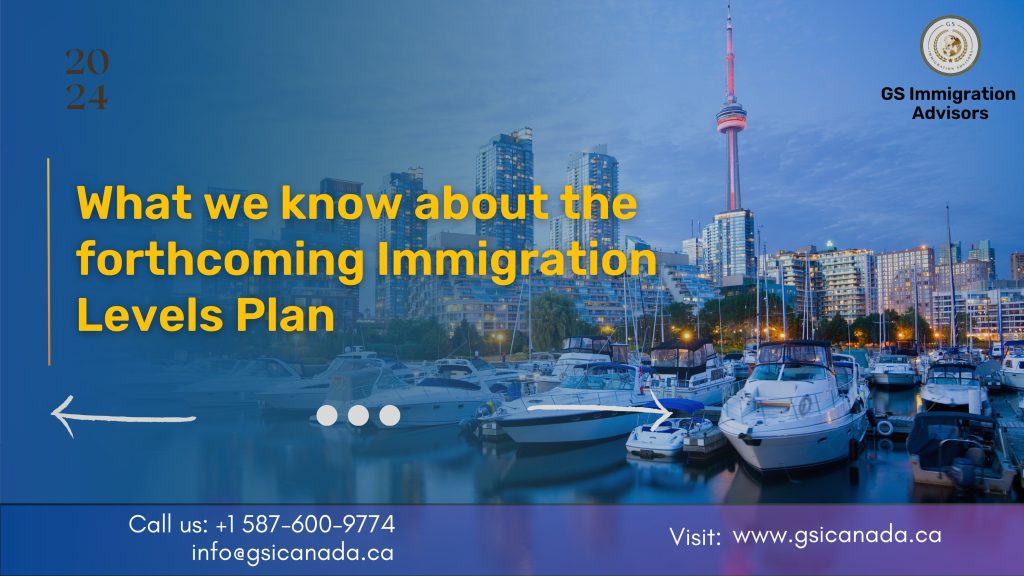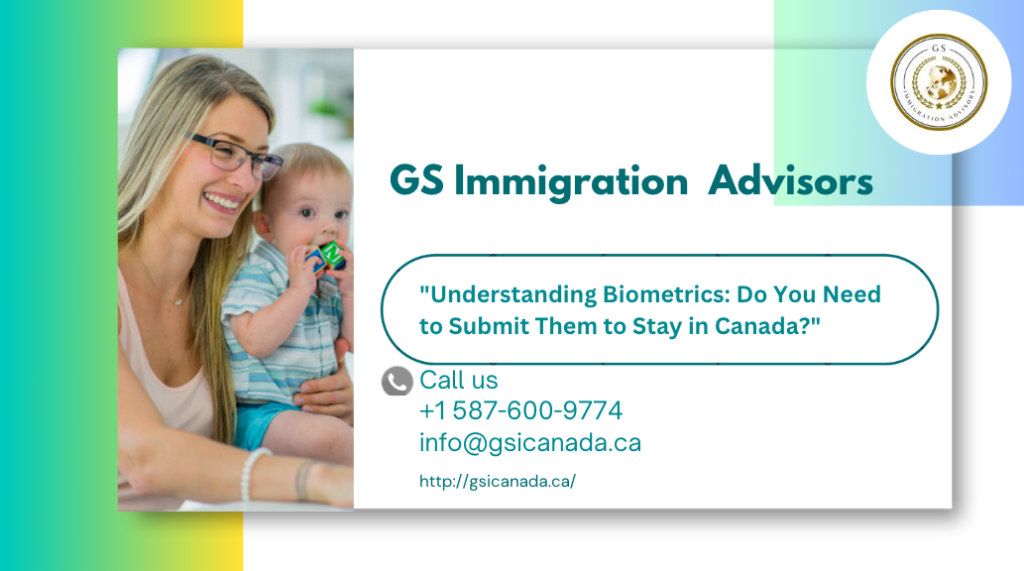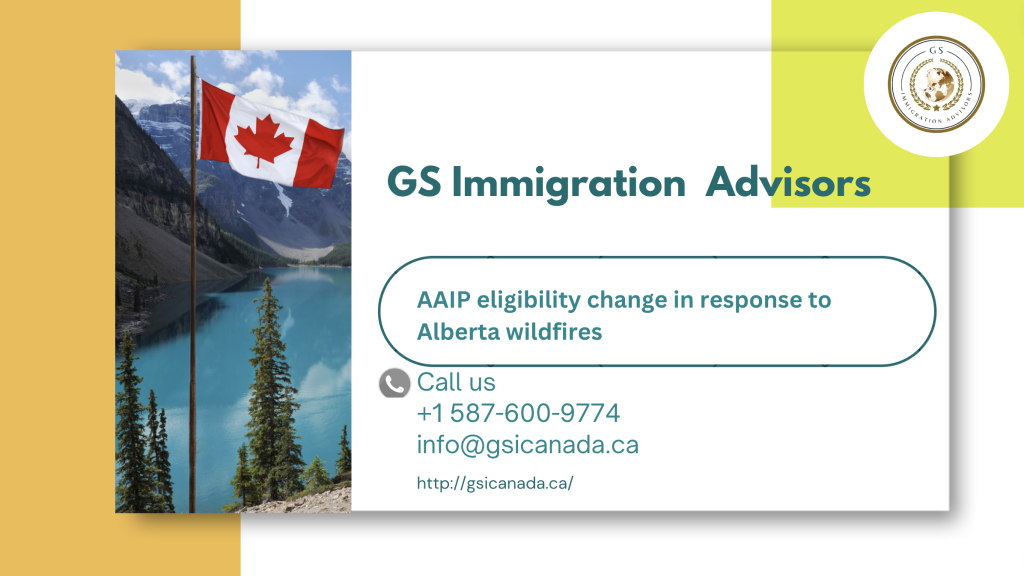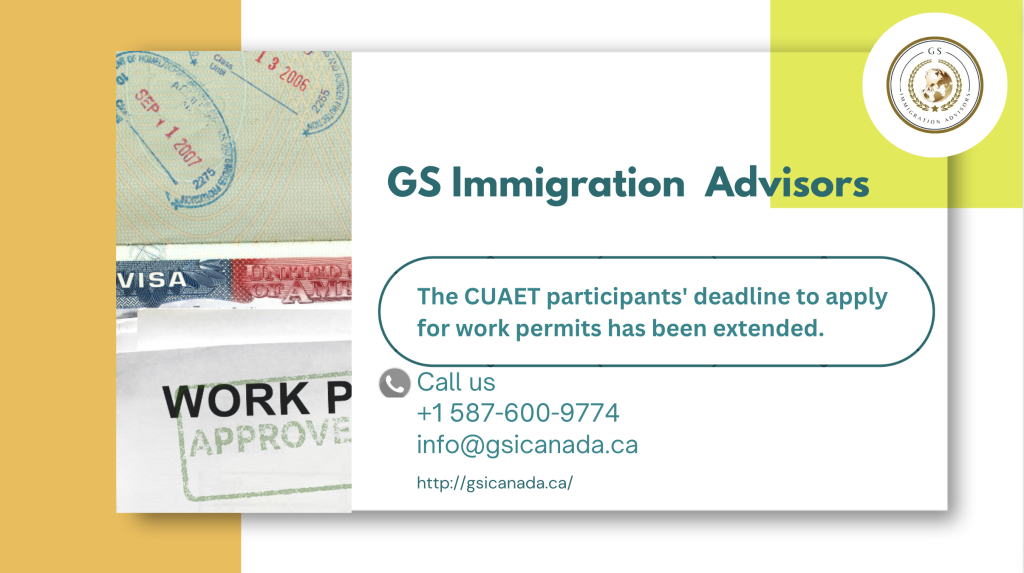“Canada Invites 1,800 Express Entry Candidates in Trade Occupations Category-Based Draw”
Immigration, Refugees, and Citizenship Canada (IRCC) has recently conducted an Express Entry draw, issuing 1,800 invitations to apply (ITAs) specifically for candidates in trade occupations. To be eligible for this draw, candidates needed a minimum Comprehensive Ranking System (CRS) score of 433. This marked the first category-based selection draw for trade occupations since July 4, when the IRCC also invited 1,800 candidates, albeit with a higher minimum score of 436. Additionally, this was the first draw not focused on French proficiency since July 5. Get a Free Express Entry Assessment The latest draw was the third Express Entry event held within a week. On October 22, 400 candidates from the Canadian Experience Class (CEC) were invited with a minimum CRS score of 539. The draw prior to that, on October 21, targeted candidates with Provincial Nominee Program (PNP) nominations, inviting 648 individuals with a minimum score of 791. IRCC has recently established a pattern of conducting multiple Express Entry draws every two weeks, typically including those specific to PNP and CEC candidates. This approach demonstrates IRCC’s commitment to increasing the number of domestic draws for Express Entry applicants who are already in Canada as temporary residents. The strategy aims to help manage the number of temporary residents while also meeting the annual targets for new permanent residents outlined in Canada’s Immigration Levels Plan. The next Immigration Levels Plan is anticipated to be released by November 1, covering targets for 2025-2027. For 2024, Canada aims to welcome 110,770 new permanent residents. So far, there has been no confirmation regarding whether the IRCC has met this target. Candidates who receive an ITA in the latter half of the year are likely to be processed and admitted in 2025, in line with IRCC’s service standard of six months for processing Express Entry applications. What is Express Entry? Express Entry is an application management system that governs three major economic immigration programs in Canada: the Federal Skilled Worker Program (FSWP), the Canadian Experience Class (CEC), and the Federal Skilled Trades Program (FSTP). These programs utilize the Comprehensive Ranking System (CRS) to identify candidates who can effectively address urgent labor shortages and contribute to the Canadian economy. The CRS evaluates various human capital factors, including age, occupation, education, language proficiency, and work experience. Each factor is scored, contributing to a candidate’s overall CRS score. Scores tend to be higher in PNP draws because candidates nominated by a province receive an additional 600 points automatically. Candidates may also gain points for having family members in Canada or for immigrating with a spouse or partner. Those with the highest CRS scores are most likely to receive an ITA in upcoming draws. Summary of Express Entry draw results in 2024 Date Draw Type Number of ITAs Minimum CRS October 23 Trade occupations 1.800 433 October 22 Canadian Experience Class 400 539 October 21 Provincial Nominee Program 648 791 October 10 French language proficiency 1,000 444 October 9 Canadian Experience Class 500 539 October 7 Provincial Nominee Program 1,613 743 September 19 Canadian Experience Class 4,000 509 September 13 French language proficiency 1,000 446 September 9 Provincial Nominee Program 911 732 August 27 Canadian Experience Class 3,300 507 August 26 Provincial Nominee Program 1,121 694 August 15 French language proficiency 2,000 394 August 14 Canadian Experience Class 3,200 509 August 13 Provincial Nominee Program 763 690 July 31 Canadian Experience Class 5,000 510 July 30 Provincial Nominee Program 964 686 July 18 French language proficiency 1,800 400 July 17 Canadian Experience Class 6,300 515 July 16 Provincial Nominee Program 1,391 670 July 8 French proficiency 3,200 420 July 5 Healthcare occupations 3,750 445 July 4 Trade occupations 1,800 436 July 2 Provincial Nominee Program 920 739 June 19 Provincial Nominee Program 1,499 663 May 31 Canadian Experience Class 3,000 522 May 30 Provincial Nominee Program 2,985 676 April 24 French proficiency 1,400 410 April 23 General 2,095 529 April 11 STEM occupations 4,500 491 April 10 General 1,280 549 March 26 French language proficiency 1,500 388 March 25 General 1,980 524 March 13 Transport occupations 975 430 March 12 General 2,850 525 February 29 French language proficiency 2,500 336 February 28 General 1,470 534 February 16 Agriculture and agri-food occupations 150 437 February 14 Healthcare occupations 3,500 422 February 13 General 1,490 535 February 1 French language proficiency 7,000 365 January 31 General 730 541 January 23 General 1,040 543 January 10 General 1,510 546 Get a Free Express Entry Assessment
